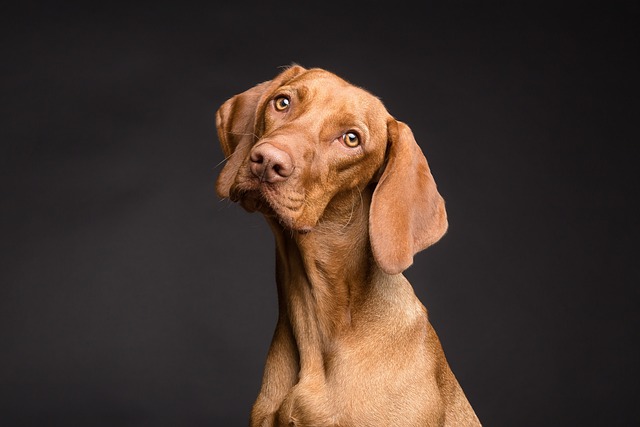
How to train potty train a dog?
Many new pet owners find themselves scrambling at 6 a.m., cleaning up a mess their puppy left by the couch.
Consistency beats everything when it comes to teaching your pup where to go. Start by setting a strict schedule that aligns with their natural rhythms—right after meals, naps, and playtime are non-negotiable potty breaks. Most puppies can hold it for about an hour per month of age, so adjust timings based on their age to avoid accidents.
Take them to the same spot every time, preferably outdoors in a designated area. The familiar smells will trigger their instinct to relieve themselves there. Stay with them, keep distractions minimal, and wait patiently—rushing back inside too soon often leads to half-finished business and indoor messes later.
Praise like you mean it when they get it right. A high-pitched "Good girl!" paired with a tiny treat (think pea-sized) works wonders. Dogs thrive on positive reinforcement, and linking the act to something enjoyable makes them eager to repeat it. Skip the scolding if they slip up; punishment only confuses them and slows progress.
Watch for the telltale signs: sniffing the floor in circles, sudden restlessness, or heading toward a previous accident spot. When you see these, scoop them up calmly and carry them to their potty spot—don’t give them a chance to make a mistake. Over time, they’ll learn to associate those urges with going outside.
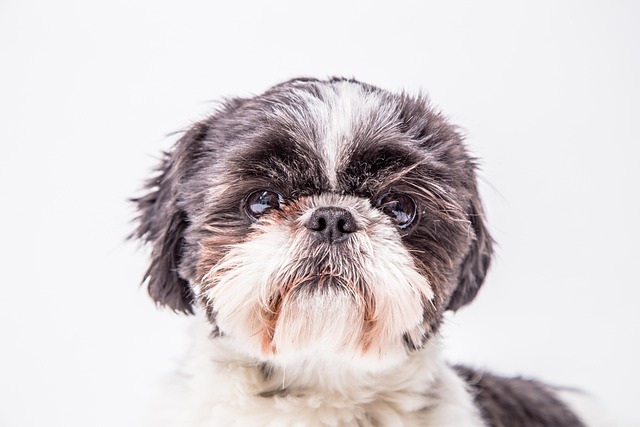 Clean accidents thoroughly with an enzymatic cleaner to eliminate odors. Dogs have a strong sense of smell, and lingering scents will draw them back to the same spot, undoing your hard work. Avoid ammonia-based cleaners, which can smell like urine to dogs and actually encourage repeat offenses.
Clean accidents thoroughly with an enzymatic cleaner to eliminate odors. Dogs have a strong sense of smell, and lingering scents will draw them back to the same spot, undoing your hard work. Avoid ammonia-based cleaners, which can smell like urine to dogs and actually encourage repeat offenses.
Remember to factor in local regulations. Many areas have leash laws that require your dog to be restrained even in your yard, and failing to clean up after them could land you with fines. Always carry waste bags during walks and dispose of them properly—neighbors and local ordinances will thank you.
Young puppies have tiny bladders, so nighttime training might take longer. Consider using a crate that’s just big enough for them to stand and turn around in—dogs naturally avoid soiling their sleeping space. Place it near your bed so they can signal when they need out, and set an alarm to take them out once during the night if needed.
Adjust your approach based on your living situation. Apartment dwellers might rely on puppy pads initially, but transition to outdoor trips as soon as possible. If you’re in a city with strict pet waste laws, make mastering the "go on command" cue a priority—teaching them to potty on cue speeds up walks and keeps you compliant.
Weather matters more than you’d think. In colder climates, invest in a waterproof coat for your pup—no one wants to linger outside in the rain or snow, least of all a shivering puppy. Keep potty breaks efficient but consistent, even when the weather’s bad, to maintain their routine.
Most dogs catch on within 4-6 weeks with consistent effort. Every pup is different, though—small breeds might take a bit longer due to smaller bladders, while some larger breeds catch on surprisingly fast. Celebrate small wins, stay patient, and remember that setbacks are normal.

Many new pet owners find themselves scrambling at 6 a.m., cleaning up a mess their puppy left by the couch.
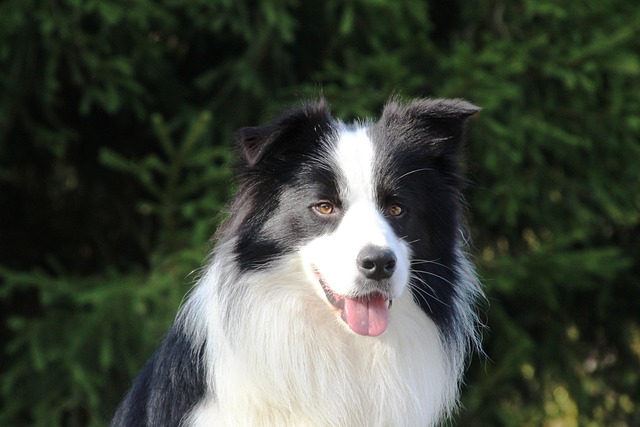
Potty training a German Shepherd can feel like a big task, especially since these dogs are smart but also have lots of energy—meaning accidents can happen fast if you’re not consistent.

One of the coziest parts of camping is settling in for the night, but as a new dog owner, you might be staring at your tent wondering
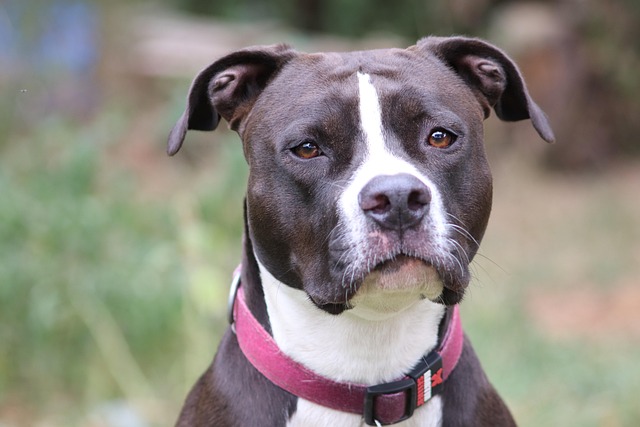
Bringing a new furry friend home is exciting, but figuring out potty training can feel overwhelming for first-time owners.
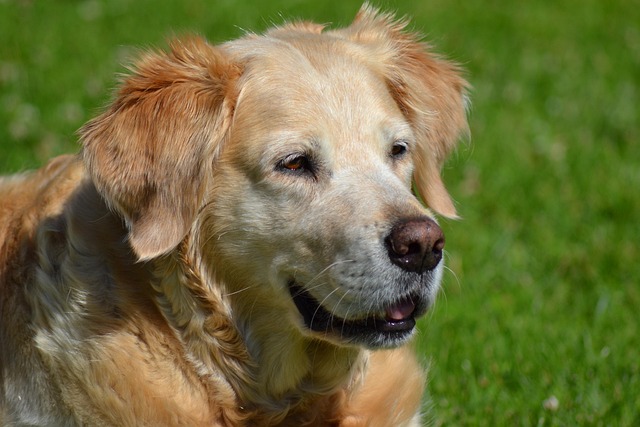
The thought of sharing your first camping adventure with your dog is incredibly exciting—the hikes, the campfire cuddles, the stunning photos.
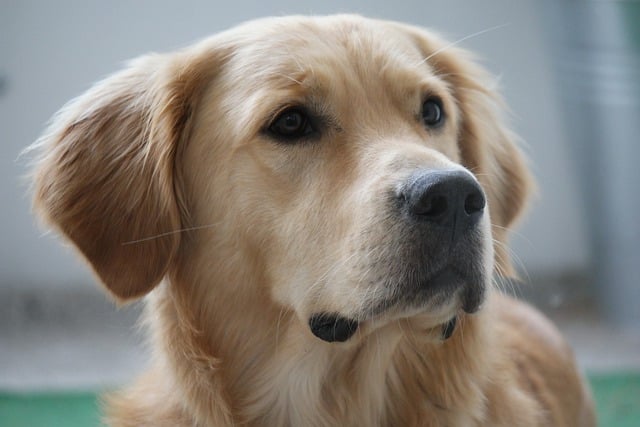
The dream of falling asleep under the stars with your furry best friend curled up beside you is a powerful one. But for many new dog owners